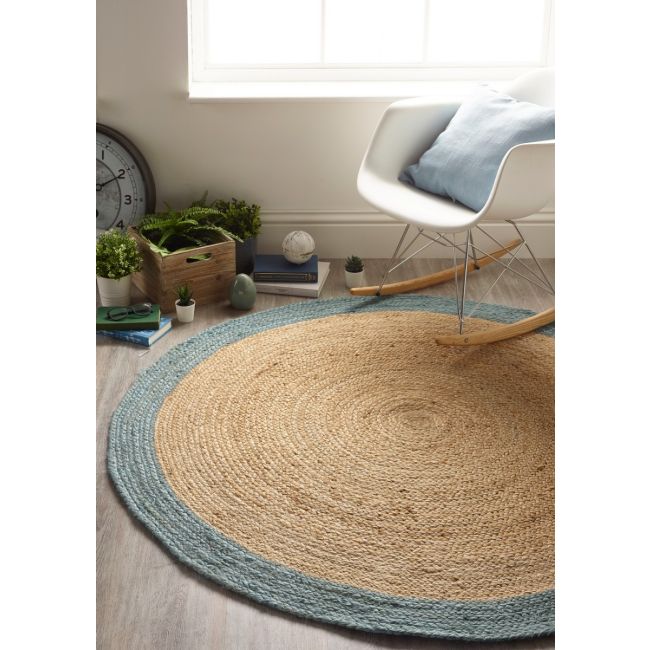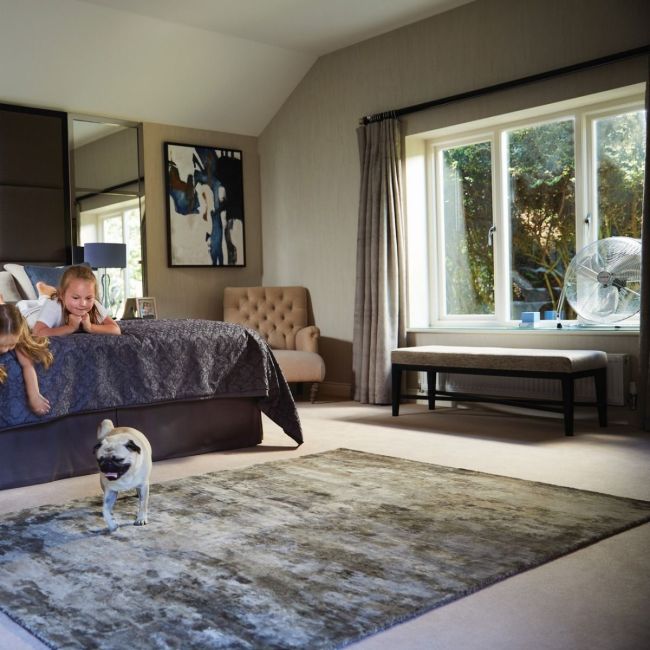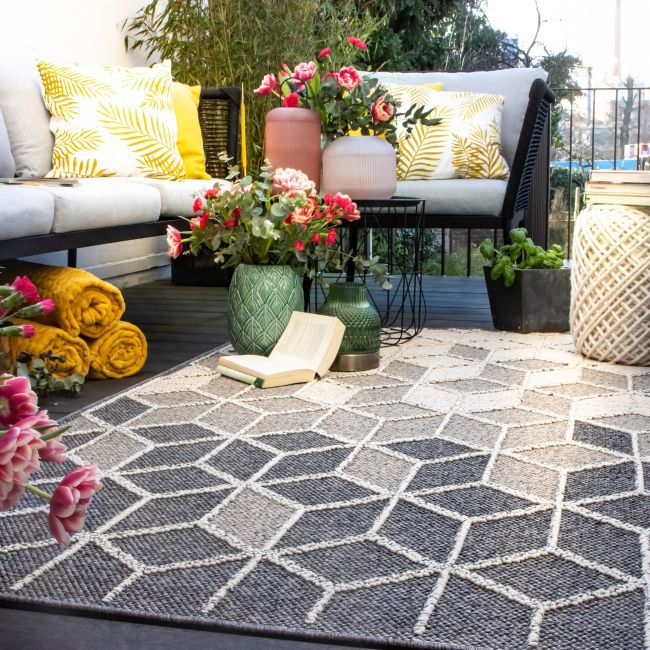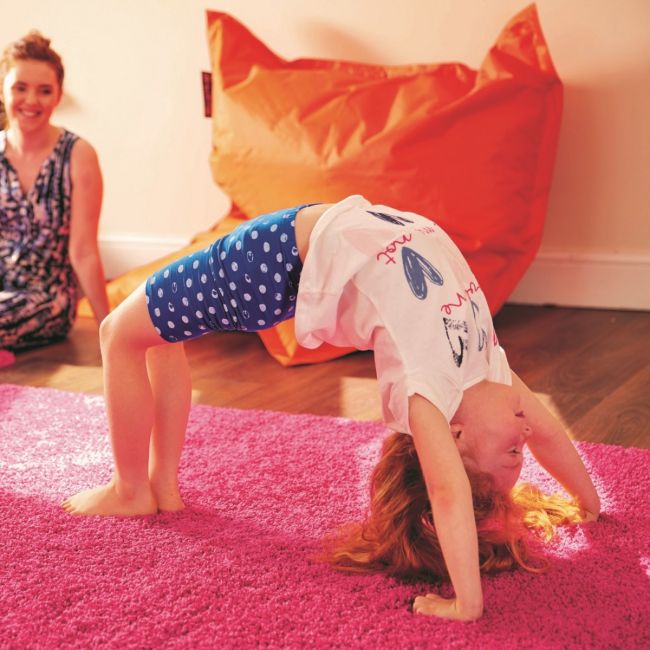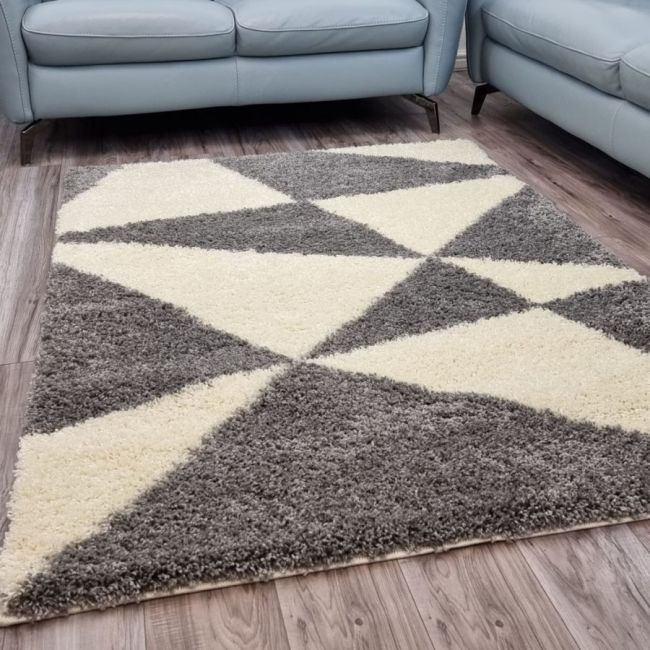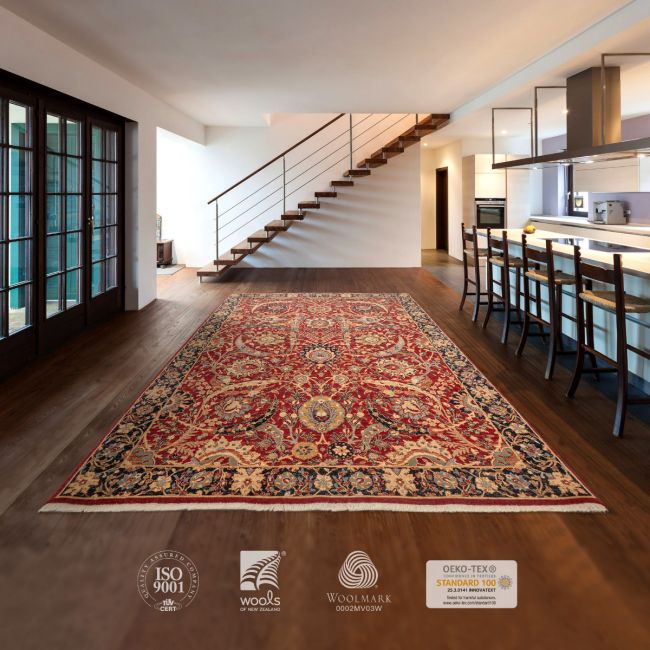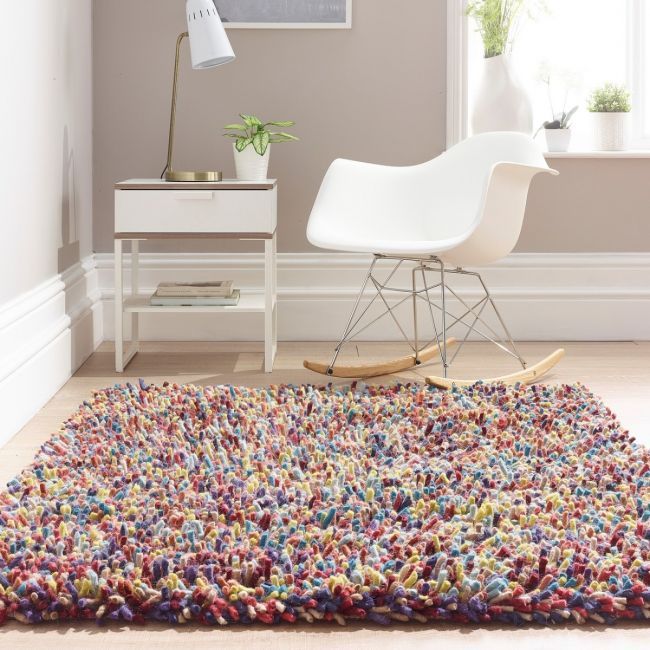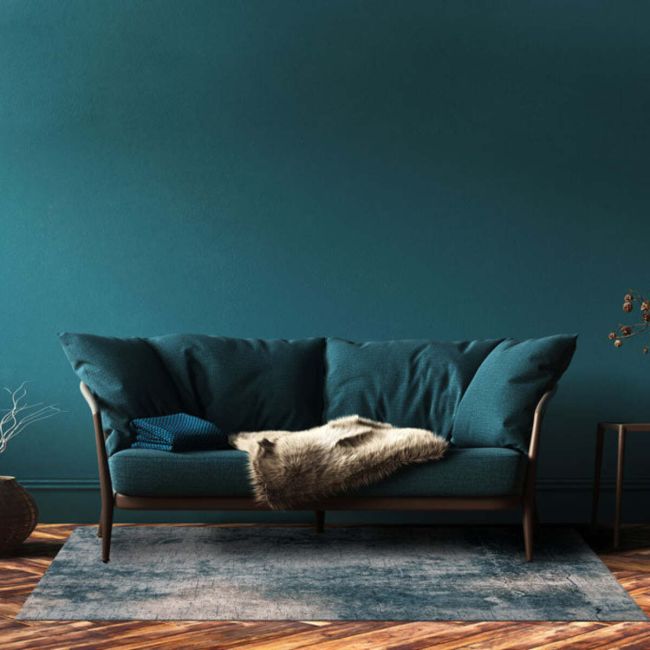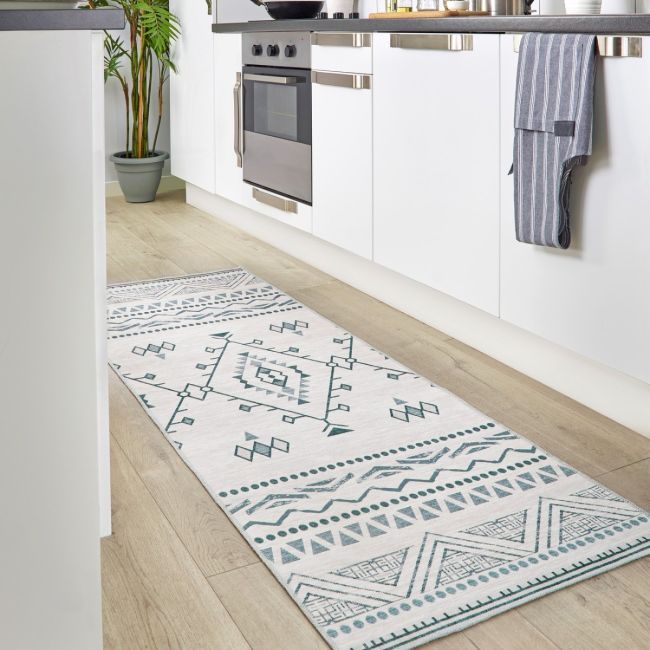What You Need to Know About Rug Pile
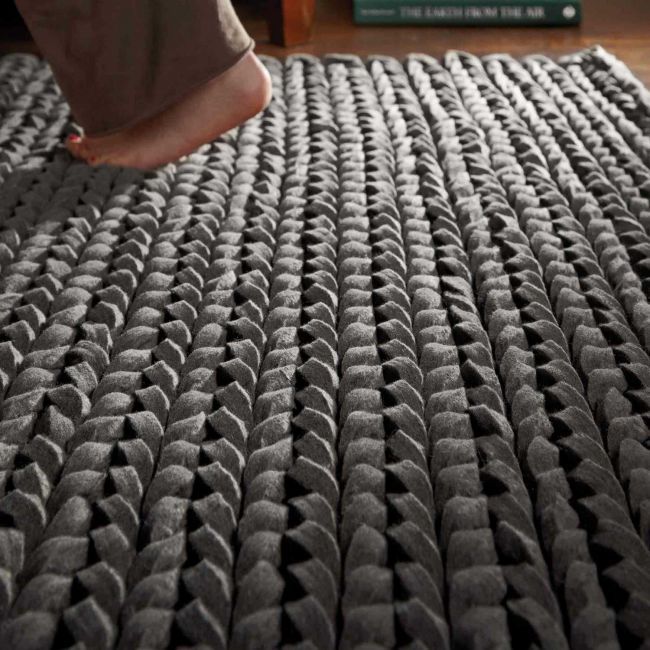
When it comes to choosing a new rug, there are many factors to take into account. But one of the most important considerations is the pile. In this article, we'll give you a crash course on rug piles so that you know what to look for when shopping for your next rug.
What is Rug Pile?
When it comes to choosing a new rug, one of the first things you need to decide on is the pile. Rug pile refers to the thickness and density of the rug, and it can have a big impact on both the appearance and function of your rug. Here are a few things you need to know about rug pile before making your final decision.
The first thing to consider is the density of the pile. A denser pile will be more durable and easier to clean, but it will also be more expensive. If you're looking for a rug that will stand up to heavy traffic, opt for a denser pile. If you're looking for a more budget-friendly option, go for a less dense pile.
Next, take a look at the thickness of the pile. A thicker pile will be more comfortable to walk on and will add a bit of luxury to your space. However, it will also be more expensive and may require more care. If you're not sure how much traffic your rug will see, err on the side of caution and choose a thinner pile.
Finally, think about the overall appearance you want your rug to have. A low-pile rug will have a sleek, modern look
Pile Height

When it comes to choosing a rug, one of the main things to consider is the pile height. This is the measurement of the thickness of the rug, and it can range from low (less than 1/2 inch) to high (more than 2 inches).
There are a few things to keep in mind when it comes to pile height. First, thicker rugs are usually more comfortable and durable, while thinner rugs may be more affordable. Second, the height of the pile can affect how easy it is to clean the rug – thicker rugs may be more difficult to vacuum, while thinner rugs may show dirt and debris more easily.
Ultimately, it’s up to you to decide what type of rug you want based on your needs and preferences. If you need a rug that can withstand heavy traffic and wear and tear, a thicker rug with a higher pile height may be the best option. But if you’re looking for a rug that’s easy to maintain and won’t break the bank, a thinner rug may be the way to go.
How Important is Thickness?
When it comes to purchasing a new rug, one of the most important factors to consider is thickness. A rug that is too thin can easily become damaged or worn down, while a rug that is too thick can be difficult to clean and maintain. The ideal thickness for a rug depends on the specific needs and preferences of the consumer.
Different Types of Rug Pile
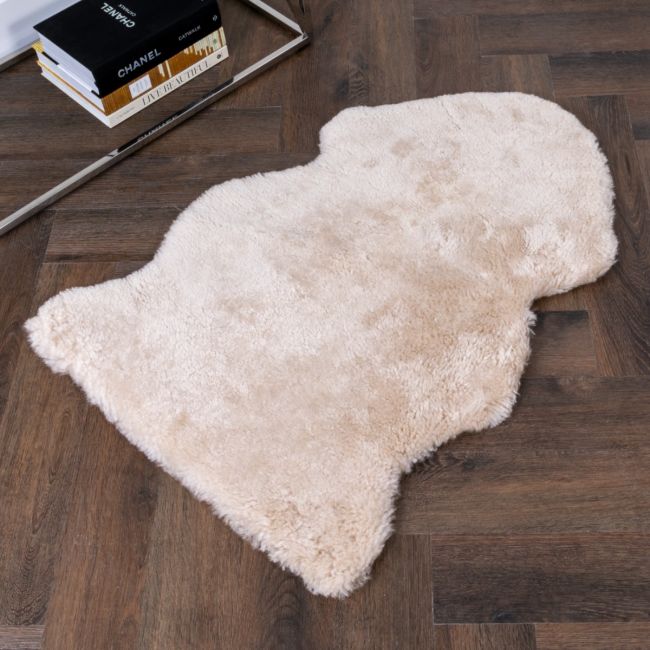
There are many different types of rug pile, and each has its own distinct benefits and drawbacks. Here is a quick overview of the most common types of rug pile:
Loop pile: This type of rug pile is created by loops of yarn that are sewn into the backing material. Loop pile rugs are durable and easy to clean, but they can be prone to shedding.
Cut pile: Cut pile rugs have individual strands of yarn that are cut at an angle and then tufted into the backing material. Cut pile rugs are available in a variety of textures, from shaggy to sleek, and they are relatively easy to clean. However, they can be more difficult to vacuum, and they may show footprints more easily than loop pile rugs.
Textured loop pile: Textured loop pile rugs combine the durability of loop pile rugs with the texture and interest of cut pile rugs. The loops of yarn are sheared at different lengths to create a textured effect, and this type of rug is also easy to clean. However, it may be more difficult to vacuum than other types of rug pile.
Frieze: Frieze rugs have tightly curled or twisted yarns that create a textured, shaggy surface. Frieze rugs are durable and easy to clean, but they may shed more than other types of rug pile.
Saxony: Saxony rugs have individual strands of yarn that are twisted and then tufted into the backing material. Saxony rugs are available in a variety of textures, from sleek to shaggy, and they are easy to clean. However, they can be more difficult to vacuum than other types of rug pile.
Cable: Cable rugs have thick strands of yarn that are twisted and then tufted into the backing material. Cable rugs are durable and easy to clean, but they may shed more than other types of rug pile.
When choosing a rug pile, it is important to consider your lifestyle and the amount of traffic in your home. If you have children or pets, a loop pile or textured loop pile rug may be the best option because these types of rugs are easy to clean and less likely to show footprints. If you entertain often or have high-traffic areas in your home, a cut pile or frieze rug may be a better option because these types of rugs are more durable and less likely to shed.
Cleaning Tips for a Thick Pile
A thick pile rug can add a luxurious feeling to any room, but they can be difficult to keep clean. Here are some tips to help you keep your thick pile rug looking its best:
-Vacuum regularly. This will help prevent dirt and dust from building up in the fibers.
-Spot clean spills immediately. Use a mild soap and water solution to gently remove stains.
-Deep clean periodically. You may need to hire a professional cleaner to do this, as it requires special equipment.
By following these tips, you can keep your thick pile rug looking beautiful for years to come.
Ashanti Rugs offer a wide selection of unique and beautiful rugs for your home at reasonable prices. Select the perfect rug for your space today!



